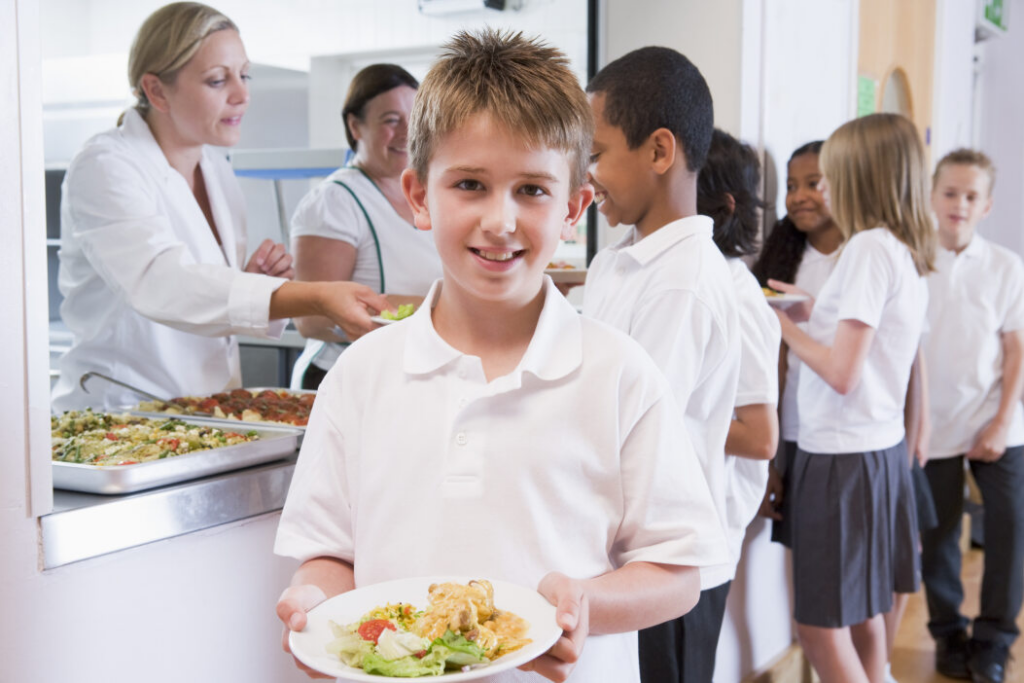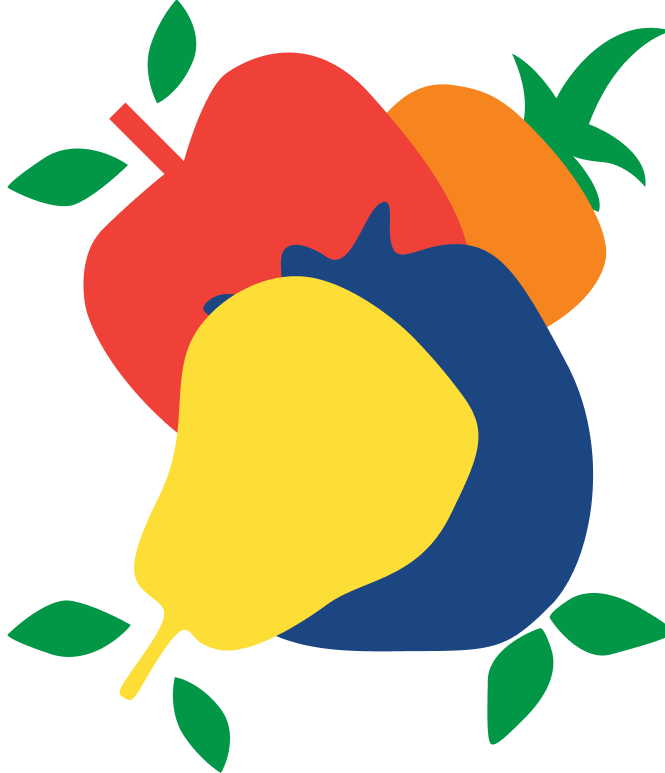SmartFood Program
School Food Matters want every child to have access to nutritious and delicious food while at school, which is essential to their overall health, wellbeing, and learning. The SmartFood Program supports schools in providing a best practice model for food service management around policy, menu, food safety and a whole school approach to eating well.
The program continues to be a valuable and well received program within Tasmanian schools with 80% of schools with a food service participating. Currently there are four levels of accreditation for schools through the SmartFood Program which is Platinum, Gold, Silver and Bronze.
This approach provides assurance to the wider school community that the school food service is operating efficiently, safely and according to the school’s values.

It encourages school food menus that offer ‘everyday’ food and drinks from the five food groups as described in the Australian Guide to Healthy Eating (2013). The Program utilises a simple “traffic light” system of GREEN, AMBER and RED foods.
Canteens can aim for one of four levels of accreditation as listed below.


- At least 40% Green Items
- Less than 20% Red Items


- At least 50% Green Items
- Less than 10% Red Items


- At least 60% Green Items
- Less than 40% Amber Items


- At least 80% Green Items
- Less then 20% Amber Items
The SmartFood Program covers four areas:

Food Safety
Submit a Food Safety Assessment form completed by your local council.
School food service staff and volunteers should have completed food safety training and have food safety knowledge commensurate with their range of duties.
Foods Sold in the School
Menu assessed as BRONZE.
Menu needs to include:
· At least 40% GREEN items
· Less than 20% RED items
Whole School Approach
1 activity presented.
The activity should link the school food service to curriculum, teaching and learning

Food Safety
Submit a Food Safety Assessment form completed by your local council.
School food service staff and volunteers should have completed food safety training and have food safety knowledge commensurate with their range of duties.
Foods Sold in the School
Menu assessed as SILVER
Menu needs to include:
· At least 50% GREEN items
· Less than 10% RED items
Whole School Approach
2 activities presented.
At least one activity should link the school food service to curriculum, teaching and learning

Food Safety
Submit a Food Safety Assessment form completed by your local council.
School food service staff and volunteers should have completed food safety training and have food safety knowledge commensurate with their range of duties.
Foods Sold in the School
Menu assessed as GOLD
Menu needs to include:
· At least 60% GREEN items
· No RED items
Whole School Approach
3 activities presented.
At least one activity should link the school food service to curriculum, teaching and learning

Food Safety
Submit a Food Safety Assessment form completed by your local council.
School food service staff and volunteers should have completed food safety training and have food safety knowledge commensurate with their range of duties.
Foods Sold in the School
Menu assessed as Platinum
Menu needs to include:
· At least 80% GREEN items
· No RED items
· Some meals cooked from scratch and using local produce
Whole School Approach
4 activities presented
At least 2 activities should link to sustainability practices related to the school food service
SmartFood Guide
Full Handbook
For overview of our updated program (including new Platinum level) please view our SmartFood Award Info Sheet Dec 2023
Handbook by section
Clink on the links below to download individual sections of our latest SmartFood Guide.
Section 1: Overview
Section 2: Food and Nutrition
Section 3: Management
Section 4: Policy and Procedures
Section 5: Food Safety
Section 6: Menu
Section 7: Whole School Approach
Section 8: Templates
